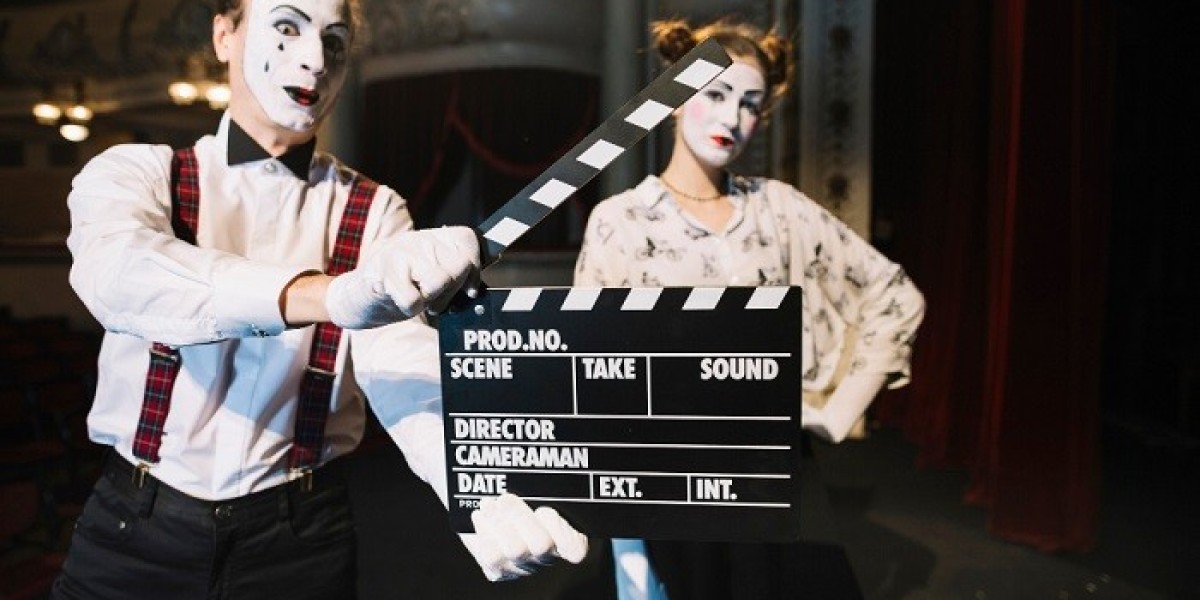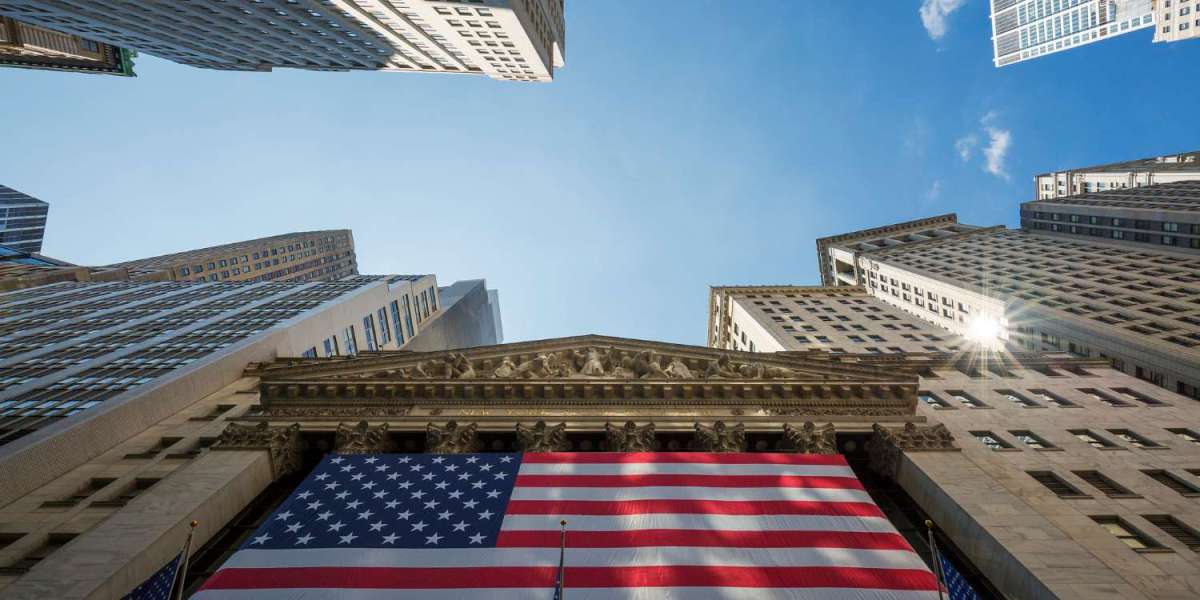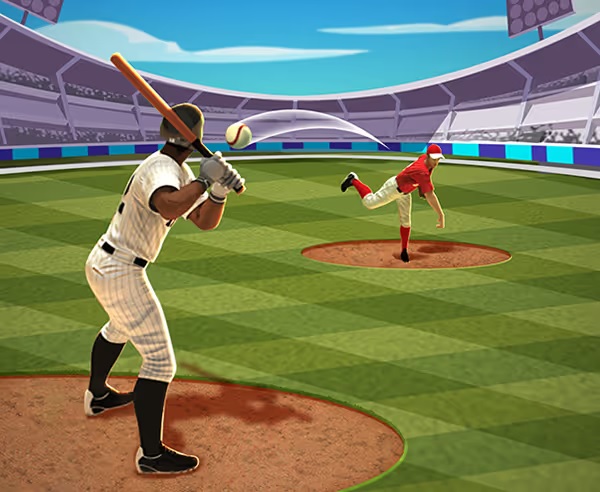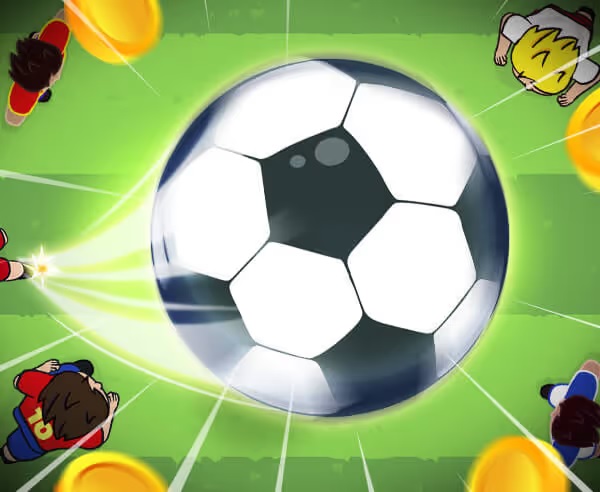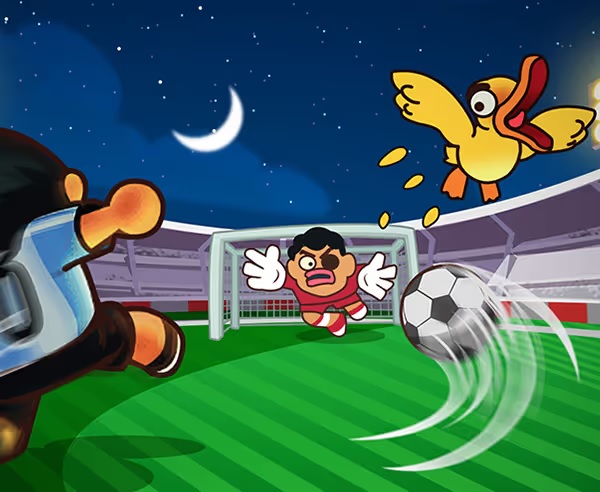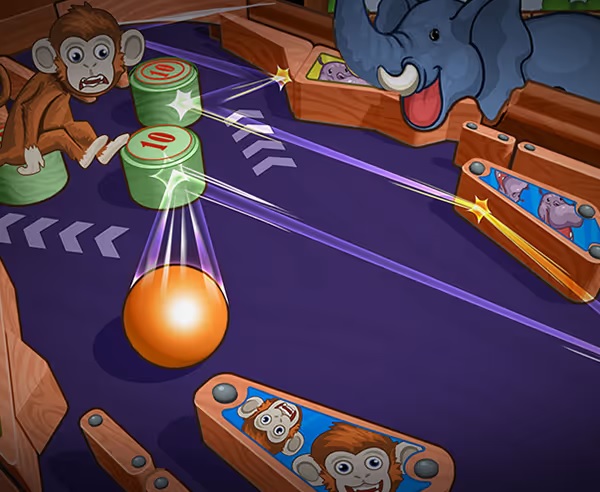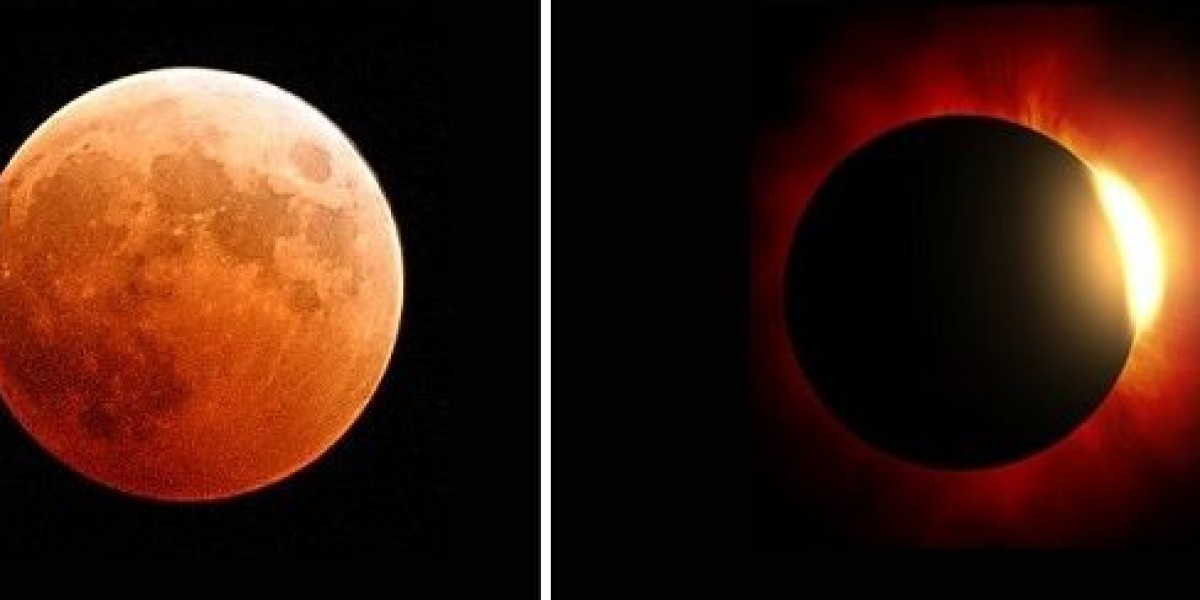Article photo source by freepik (link)
In addition to its ability to provoke laughter and amusement, comedy has a profound significance in our lives that goes beyond mere entertainment. Comedy essentially serves as a vital mechanism for dealing with the complexities, challenges, and absurdities of the human experience. From ancient civilizations to modern societies, laughter has been recognized as a universal language that brings people together, strengthens bonds, and provides relief from the burdens of life.
Definition and History
“Comos Ode” are two Greek words meaning “singing and noisy fun.” Researchers have traced the word “comedy” to this historical linguistic origin and studied the origin of this art.
Research also confirms that “the art of comedy” emerged from a religious origin, as the Greeks celebrated the glorification of the god of fertility, singing, dancing, and holding celebrations, especially during the grape harvest season.
advertisement
Centuries later, Europe became widely interested in the art of acting (tragedy and comedy), so comedy developed and touched on political and social issues. During its development stages over time, comedy experienced controversy and changes in the public's and critics' view of it. Some classify comedy as a means of entertainment, farce and mockery, while others point out that it has a greater impact on the recipient and is more capable of bringing about change in society.
So what has the art of comedy done throughout history, in its various names, whether it is of the style of biting or satirical comedy, or it is comical and sarcastic, tending towards sarcasm, or absurdity?
There is no doubt that comedy has its social and intellectual role. Everything mentioned above is nothing but attempts within the framework of the development of this art, of Greek origin, whose influence can be traced in a modern form that Shakespeare began, as he presented a type of romantic comedy alongside his famous tragedies. Shakespeare excelled in adding a funny touch to most of his comedies, which excelled in depicting reality, and its internal and external conflicts, as he tended to focus on situations rather than characters, which is a Shakespearean feature, separating the situation from the character that plays it, so when the character falls into distress, the goal in the end was to make the audience laugh, and he focused on a complex plot, and tended to use all comedic methods, such as verbal manipulation and jokes, in order to convey the idea around which the show revolves. In this sense, Shakespeare formed a different style in his comedic works, parallel to a special kind of "French comedy" created by "Molière", who excelled in this aspect, and his influence spread to all of Europe, through a sophisticated comedic theater, which excelled in depicting characters and situations and the ability to make people laugh, and he is credited with establishing the rules of popular comedy that is concerned with entertaining the audience. Here, it is necessary to point out the Italian theater in the Renaissance era, between the sixth and early eighteenth centuries, as that period witnessed what is known as “Comedy dell’Arte,” or “Comedy of the Craft.” This art spread in Europe, and its shows were presented through masked actors who improvised and presented comedic situations and distinctive characters in society, such as the fool, the miser, and others. This theater contributed to providing popular entertainment, especially since it was presented in courtyards and public squares. Several forms of popular theater branched off from “Comedy dell’Arte,” such as carnival theater, which was presented on national and religious occasions and others. Molière established what is known as classical comedy, benefiting from its role as a refined art that relies on plot and solid words, avoiding vulgarity and vulgarity. Comedy became an art form in its own right, depicting reality as it is, with its characters, whether popular or bourgeois. The late eighteenth century witnessed a decline in “comedy” and “tragedy” as independent genres, and works emerged that combined the two genres in one work, based on the fact that man does not live in a purely tragic or purely comic situation. Here, historians mention the name of the French theorist Denis Diderot (1713-1784), who rejected the idea of giving any name to the “father of the arts.” The emergence of the French Revolution was a contributing factor in the decline of comic theatre as an independent genre in favor of experiments that tended toward popular buffoonery, singing, and dancing. With the emergence of the Russian writers Gogol and Chekhov, theatrical art witnessed a new return known as “realistic comic theatre”. In the 1930s, the element of comedy entered the serious theatre, but it was an apparent element, not hiding the tragedies and tragedies of reality, as in the “theater of the absurd” and “surrealist theatre”. “Black comedy” also appeared, and directors appeared who revived some forms of popular laughter, as in “Meyerhold” and “Dario Fo”.
Thank you !
